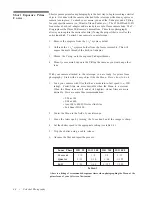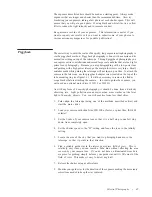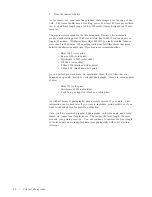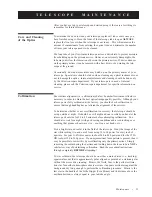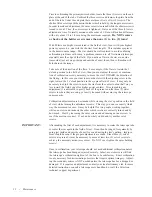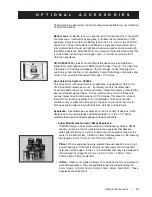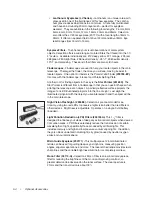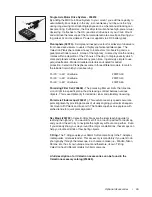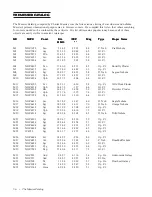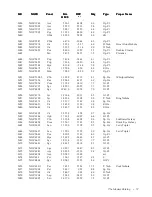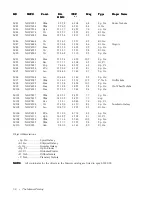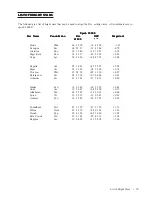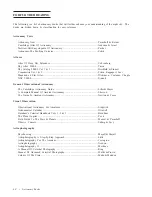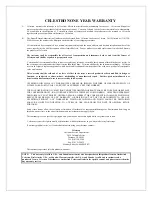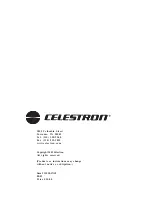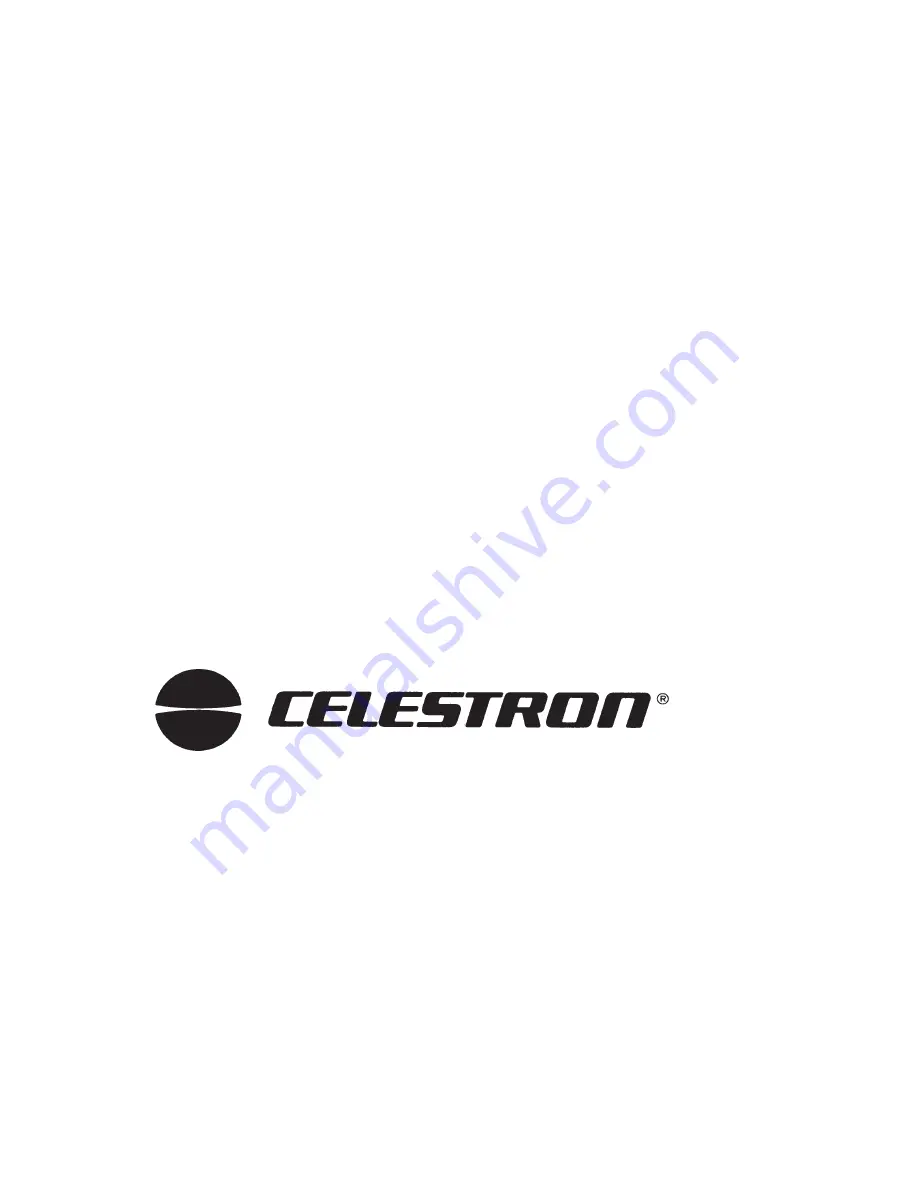Reviews:
No comments
Related manuals for 31056

eVscope Series
Brand: Unistellar Pages: 6

ItsImagical 225X
Brand: ESA Pages: 10

4-16x50SF - Monarch Riflescope - BDC
Brand: Nikon Pages: 2

Bresser 9062000
Brand: National Geographic Pages: 36

Xtreme Hi-Def TS-82
Brand: Nightforce Pages: 7

OWL-XTR
Brand: NITEVIZOR Pages: 18

SmartStar A-R80
Brand: iOptron Pages: 2

Maksutov-Cassegrain
Brand: iOptron Pages: 5

SmartEQ 3100
Brand: iOptron Pages: 6

Photron RC10
Brand: iOptron Pages: 9

iExplore 70AZ
Brand: iOptron Pages: 12

SmartStar N114
Brand: iOptron Pages: 38

SmartStar G-MC90
Brand: iOptron Pages: 42

SmartStar 8405
Brand: iOptron Pages: 38

G Series
Brand: iOptron Pages: 36

SmartStar Cube 8800G
Brand: iOptron Pages: 48

AstroBoy-70e
Brand: iOptron Pages: 47

#8506
Brand: iOptron Pages: 49

